FEATURED PROJECT
Pond Power
How do floating solar panels change conditions in the water below?
Floating solar photovoltaic energy installations (FPV) are solar panels sitting atop human-made bodies of water. These panels generate renewable energy without taking up space on land. It’s unclear how this floating infrastructure could alter conditions in the water below—an important question to tackle as demand for renewable energy increases.















